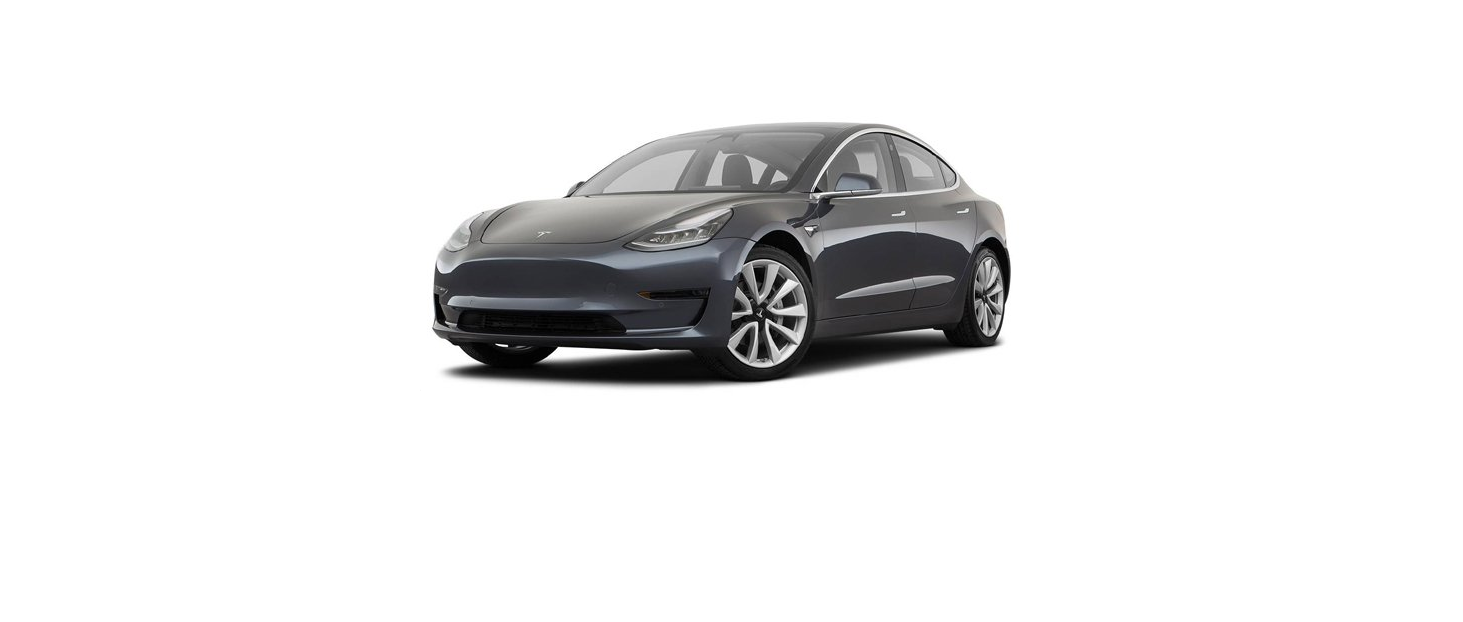2021 Tesla Model 3 High Voltage Battery Information

About the High Voltage Battery
Model 3 has one of the most sophisticated battery systems in the world. The most important way to preserve the high voltage Battery is to LEAVE YOUR VEHICLE PLUGGED IN when you are not using it. This is particularly important if you are not planning to drive Model 3 for several weeks.
There is no advantage to waiting until the Battery’s level is low before charging. In fact, the Battery performs best when charged regularly.
The peak charging rate of the Battery may decrease slightly after a large number of DC Fast Charging sessions, such as those at Superchargers. To ensure maximum driving range and battery safety, the battery charge rate is decreased when the battery is too cold, when the Battery’s charge is nearly full, and when the Battery conditions change with usage and age. These changes in the condition of the Battery are driven by battery physics and may increase the total Supercharging duration by a few minutes over time. You can minimize the amount of charge time by using Trip Planner to warm the Battery while driving to a Supercharger. See Trip Planner for more information.
Battery Care
Never allow the battery to fully discharge. Even when Model 3 is not being driven, its Battery discharges very slowly to power the onboard electronics. The battery can discharge at a rate of approximately 1% per day, though the discharge rate may vary depending on environmental factors (such as cold weather), vehicle configuration, and your selected settings on the touchscreen. Situations can arise in which you must leave Model 3 unplugged for an extended period of time (for example, at an airport when traveling). In these situations, keep the 1% in mind to ensure that you leave the Battery with a sufficient charge level. For example, over a two-week period (14 days), the Battery may discharge by approximately 14%.
Discharging the battery to 0% may result in damage to vehicle components. To protect against a complete discharge, Model 3 enters a low-power consumption mode when the displayed charge level drops to approximately 0%. In this mode, the Battery stops supporting the onboard electronics and auxiliary low voltage battery. Once this low-power consumption mode is active, immediately plug in Model 3 to prevent a jump-start and low voltage battery replacement.
Temperature Limits
For better long-term performance, avoid exposing Model 3 to ambient temperatures above 140° F (60° C) or below -22° F (-30° C) for more than 24 hours at a time.
Energy Saving Feature
Model 3 has an energy-saving feature that reduces the amount of energy being consumed by the displays when Model 3 is not in use. On newer vehicles, this feature is automated to provide an optimal level of energy saving. However, on older vehicles, you can control the amount of energy being consumed by the displays by touching . For more information on maximizing range and saving energy, see Getting Maximum Range.
Lithium Iron Phosphate Batteries
Some vehicles are equipped with a Lithium Iron Phosphate (LFP) Battery. To determine if your vehicle has an LFP Battery, navigate to .
If your vehicle is equipped with an LFP Battery, Tesla recommends that you keep your charge limit set to 100%, even for daily use, and that you also fully charge to 100% at least once per week. If Model 3 has been parked for longer than a week, Tesla recommends driving as you normally would and charge to 100% at your earliest convenience.
In addition, a best practice is to allow Model 3 to “sleep” regularly by parking it with Sentry Mode disabled, when possible. Consider using the Exclude Home, Exclude Work, and Exclude Favorites settings to prevent Sentry Mode from automatically activating at locations it is not needed (see Using Sentry Mode).
Following the above guidance maximizes available range and improves the vehicle’s ability to accurately determine the state of charge and estimated range.

